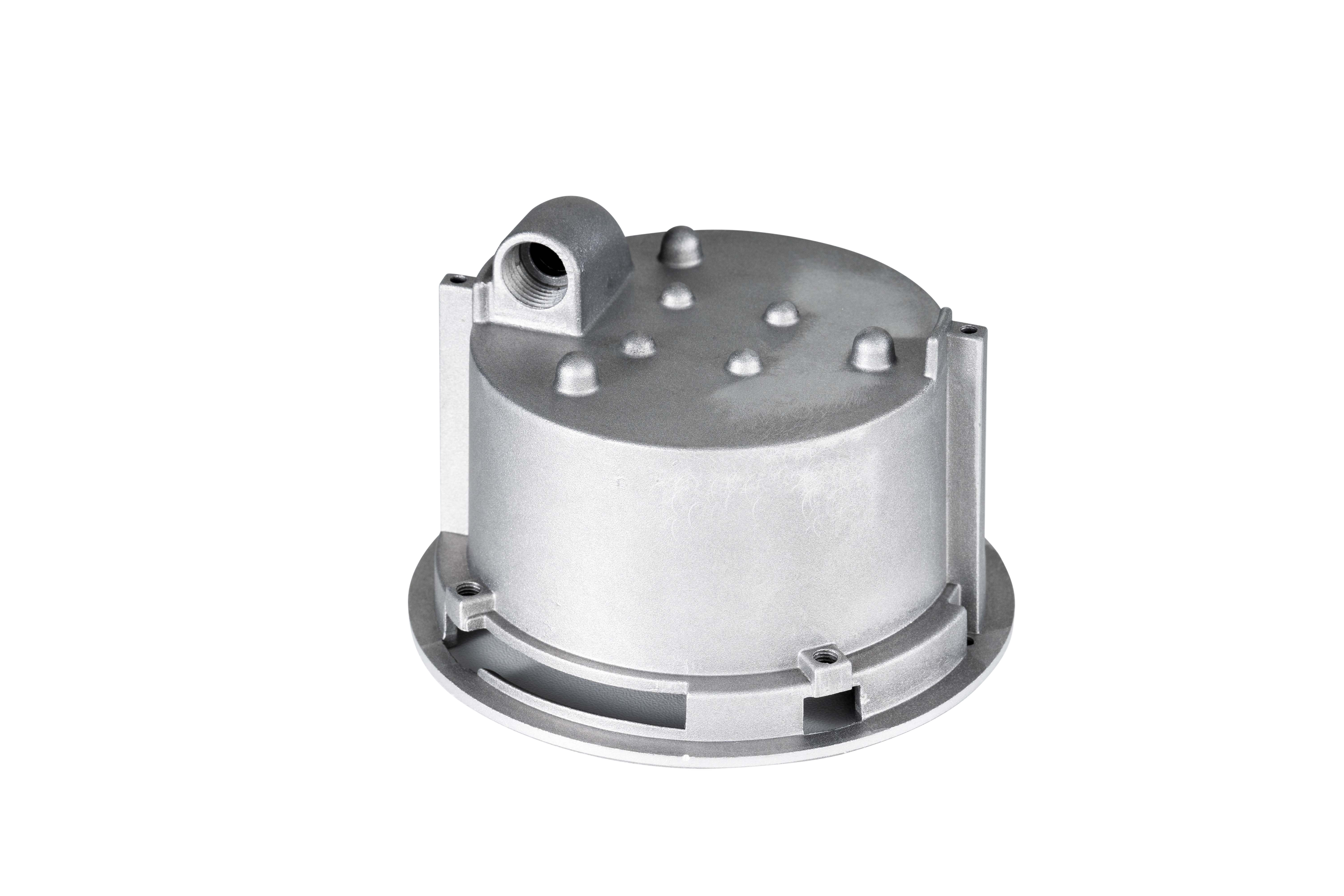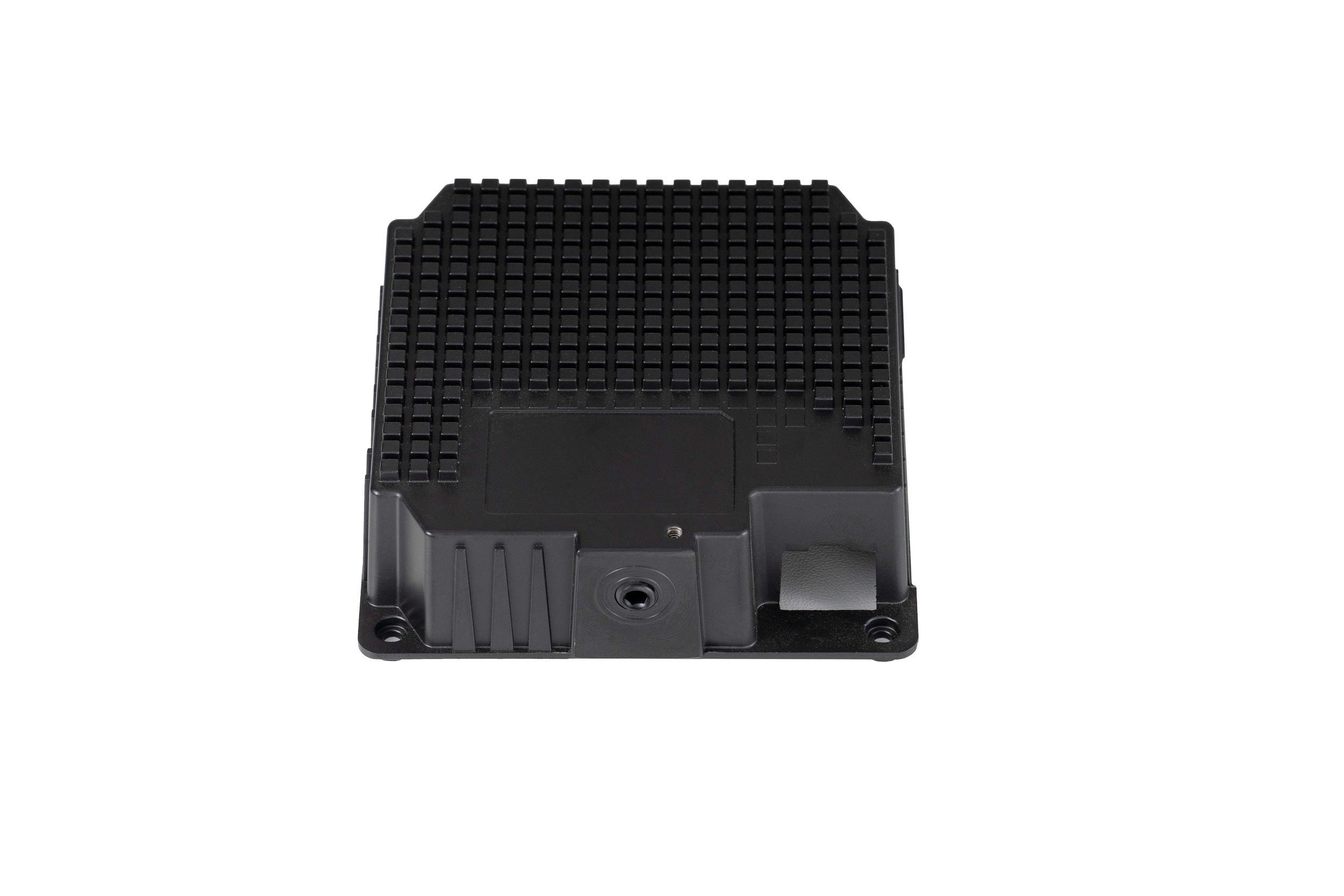A Comprehensive Comparison of Gravity Casting and Die Casting
In manufacturing, there are two popular methods for casting metal parts: gravity casting and die casting. Both methods have their distinct features and benefits, making them ideally suited for various applications and scenarios.
In this article, we'll cover the similarities and differences between gravity casting vs die casting, as well as some of the factors to consider when choosing between them.
What is Gravity Casting?
Gravity casting uses gravity to guide molten metal into a mold, distinct from high-pressure methods. The process includes:
Mold Preparation: Design, cleaning, treatment, and heating to mirror the final product's shape.
Metal Injection: Heating and pouring the metal, often aluminum, into the mold.
Cooling: Using cooling channels to solidify the metal uniformly.
Removal of Casting: Opening the mold and extraction of the component.
Post-processing and Inspection: Finishing and inspection for quality assurance.
Gravity casting is versatile and cost-effective, suitable for various applications due to its accuracy and complexity in shaping.
What is Die Casting?
Die casting is a high-pressure method using a reusable two-part die for shaping metal. The process encompasses:
Die Preparation: Clamping, cleaning, coating, and preheating to create the sealed mold cavity.
Molten Metal Injection: Melting the alloy and injecting it into the mold under high pressure.
Cooling and Solidification: Employing cooling channels for uniform cooling.
Ejection of Casting: Separating the die and ejecting the casting.
Trimming and Finishing: Removing excess material and finishing operations for the final dimensions.
Die casting is efficient and ideal for mass production, known for intricate details and excellent dimensional stability, especially in the automotive and aerospace industries.
What is the Difference Between Gravity Casting and Die Casting?
These two casting methods are both viable options when producing metal parts at scale; however, there are some key elements to consider when selecting the best process for a given application.
| Characteristic | Gravity Casting | Die Casting |
|---|---|---|
| Production Process | The metal cools naturally in gravity casting, solidifying at its own pace, making it suitable for parts that don’t require rapid cooling. | Cools quickly with high pressure and cooling channels, enabling complex shapes and tight tolerances. |
| Production Speed | Slower rate, suitable for larger parts with thicker walls. | Efficient, ideal for mass production with intricate details. |
| Finished Products | Excellent surface finish and dimensional accuracy, less complex designs. | Highly complex parts with exceptional accuracy and finish. |
| Strength | Greater ductility and impact resistance from natural cooling. | Stronger, more durable parts suited for automotive and aerospace. |
How to Choose Between Gravity Casting and Die Casting?
When it comes to selecting between gravity casting and die casting, several factors must be weighed, including the type of product, desired size, complexity, strength, and budget constraints:
| Factor | Gravity Casting | Die Casting |
|---|---|---|
| Size and Complexity | Best suited for large and simple parts, where natural cooling and reusable molds can handle greater dimensions without tight tolerances. | Effective for intricate designs, using high pressure and rapid cooling to produce complex shapes and fine details. |
| Volume of Production | Ideal for small to medium runs, offering flexibility without expensive equipment. | Best for high-volume production, with efficient cycle times for mass manufacturing. |
| Cost and Cycle Time | Lower upfront costs, suitable for smaller projects with budget constraints. | Higher upfront costs for molds and equipment, but much faster cycle times for large-scale production. |
| Industry Applications | Produces smoother, aesthetic finishes, suitable for decorative or surface-focused applications. | Common in automotive and aerospace, producing lightweight, strong, and highly detailed components. |
Which Casting Process Is Best for Your Application?
When choosing between gravity casting and die casting, the best option depends on your product’s complexity, volume, strength requirements, and budget. Gravity casting is often favored for small to medium runs and simple designs with lower tooling costs, while die casting delivers higher efficiency, precision, and scalability for mass production.
At Teamsworld, we specialize in both methods, offering customized solutions for Automotive, Security, and Industrial Applications. With our low-MOQ flexibility, global supply chain network, and ISO-certified quality systems, we help clients achieve the perfect balance of cost, quality, and production speed.
Gravity Casting vs. Die Casting - FAQ
Whether you’re evaluating gravity casting for cost savings or die casting for high-volume precision, Teamsworld can guide you in selecting the right process.







